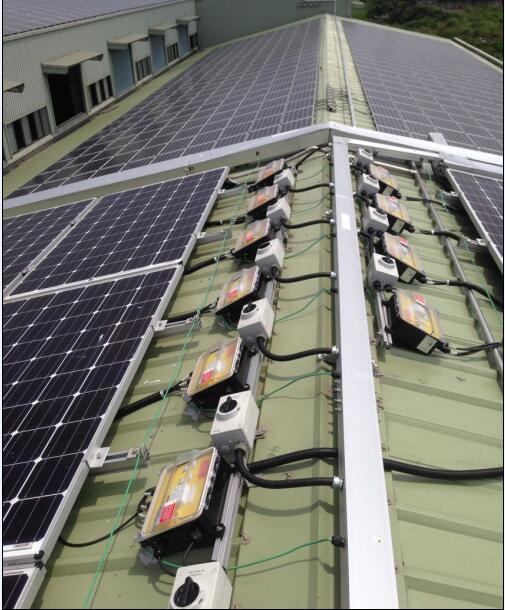Understanding the Importance of a PV Isolator Switch in Your Solar Power System
Introduction
Harnessing the power of the sun has never been easier with today's solar
technology. A Photovoltaic (PV) system is an excellent investment for those
looking to reduce energy costs and contribute to a greener planet. But with
every electrical system, safety is paramount. Enter the PV isolator switch, a
critical component designed to keep your solar panels operating safely and
efficiently. In this article, we delve into the significance of the PV isolator
switch and why it's indispensable in any solar power setup.
What is a PV Isolator Switch?
A PV isolator switch, also known as a solar disconnect switch, is a safety
device found in all solar PV systems. It is designed to provide a means to
safely disconnect the electrical power from the solar panels to the inverter
and the grid. The primary purpose of a PV isolator switch is to ensure that
power can be completely shut off for maintenance, inspection, or in emergency
situations.
Why is a PV Isolator Switch Necessary?
- Safety: The foremost advantage of a PV isolator switch is safety. It protects installers, maintenance personnel, and emergency services from electric shock during system installation, troubleshooting, or any servicing activity.
- Compliance with Standards: Utilizing an isolator switch is not only a safety best practice but is also usually a requirement under national and international electrical codes and standards.
- System Protection: In the event of an electrical fault, an isolator can prevent damage to your equipment by allowing you to quickly disconnect your solar panels from the rest of the power system.
Choosing the Right PV Isolator Switch
When selecting a PV isolator switch, it's essential to consider your system's
size and electrical specifications. The switch must be able to handle the
maximum voltage and current produced by your solar panels. It should also be
weatherproof if installed outdoors and easy to operate.
1. Current and
Voltage Ratings: Make sure the DC isolator can handle the maximum
current and voltage produced by your PV array.
2. Certifications
and Quality Standards: Look for isolators that meet international safety
standards and certifications such as TÜV, UL, or respective national standards.
3. Environmental
Rating: Choose an isolator rated for the environmental conditions it will be
operating in, considering factors like outdoor exposure, temperature ranges,
and waterproofing requirements.
4. Ease of
Operation: It should be easy to operate by anyone, not just
professionals, as access may be needed in emergencies.
5. Manufacturer
Reputation: Consider products from reputable manufacturers
known for quality and reliability in the solar energy industry.
Installation Considerations
The installation of a PV isolator switch should be undertaken by a qualified
electrician. It typically involves mounting the switch in a readily accessible
location, making the electrical connections between the solar panels and the
inverter, and grounding the system.

Maintenance of Your PV Isolator Switch
Regular maintenance is necessary to ensure that your PV isolator switch will
operate correctly when needed. Inspections should include checking for
corrosion, ensuring connections are tight, and verifying that the switch
operates smoothly.
Conclusion
The PV isolator switch may seem like just another component in your solar power
system, but it plays a pivotal role in ensuring safety and compliance with
electrical standards. By investing in a quality switch and ensuring its proper
use and maintenance, you can enjoy the benefits of solar power with peace of
mind.
Remember to consult a professional for detailed advice tailored to your specific system and regulatory requirements.
Beyondsolar co.,ltd is dedicated to providing state-of-the-art solar solutions and expert guidance on PV systems.
Contact us today to learn more about how we can assist you with your solar energy needs.
Keywords: PV isolator switch, solar power, safety device, solar PV system
